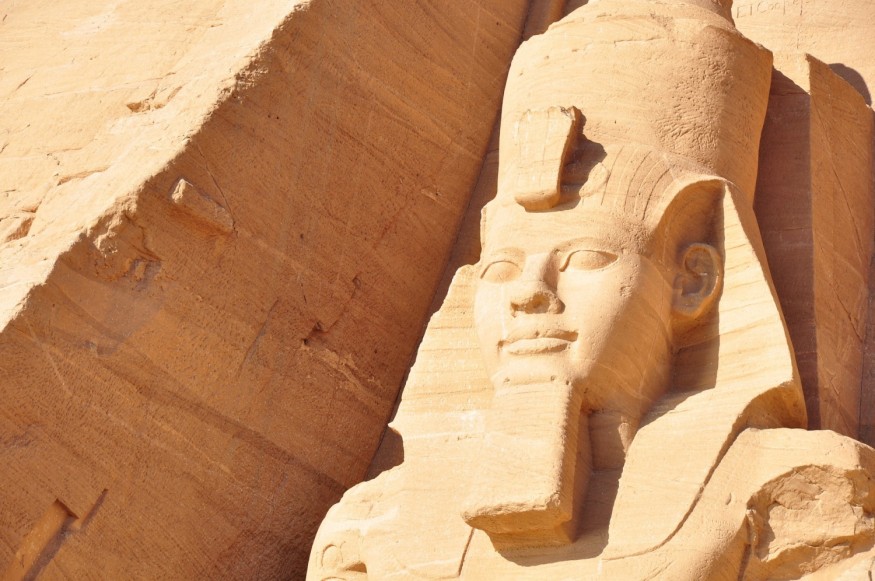
In Egyptian history, Ramesses II is oftentimes referred to as the greatest pharaoh. He is also considered a man who has several faces.
Multi-Faced Pharaoh
Science Alert notes how in 3,000-year-old drawings and statues, the revered leader is shown to be a handsome man who has strong nasal features, high cheekbones, and a round facial shape.
The esteemed pharaoh's mummy was uncovered in 1881. The mummy holds fewer details that leave room for subjective insights. The structure of these remains has been utilized by several artists, historians, and scientists throughout the years to come up with Ramesses II's face.
In certain iterations, the pharaoh's nose is depicted as being strongly hooked. In others, on the other hand, the bump is not that sharp.
Depending on the specific online source, the eye of this leader may appear bug-eyed or beady. The pharaoh's face has also been depicted as long, thin, squat, or round.
Read also: Mummies on Parade: Egypt Dismisses Myth on Pharaoh's Curse for Recent Unfortunate Incidents
How Did Ramesses II Actually Look Like?
Specialists wanted to get a more accurate understanding of what the great leader could have looked like. With this, scientists from Liverpool John Moores University have collaborated with radiology professor and mummy expert Sahar Saleem from Cairo University. Their collaboration involves a digital dissection of the remains in order to detailedly visualize the pharaoh's face.
According to the Times of Israel, the specialists utilized prior CT scans of the mummy and analyzed them using software. The experts could then distinguish between the skull and other kinds of materials that got used during the process of embalming. They were also able to create a 3D image of the skull remains. Ramesses II's face was then remade through Egyptian measurements pertaining to layers of facial muscle.
Forensic anthropologist and Face Lab leader Caroline Wilkinson notes that the mummy's most prominent characteristics are its wide nasal structure and defined jaw. The nasal bone situated between the eyes is remarkably pronounced and high.
When the researchers were able to determine the overall facial structure, the data was plugged into software that is commonly used to create reconstructions for criminals. The scientists were able to rebuild the overlying ligaments and muscles based on the underlying bones as well as Egyptian measurements.
Wilkinson notes that when a muscle has greater anchor strength, more of its attachments leave clear marks on the skull surface.
The result the researchers came up with was an aged man who had a long face, closely spaced eyes, a wide nose, gray bushy eyebrows, and a broad mouth that has an upper lip that is thin.
The final reconstruction layers were the hair and skin of the pharaoh.
The specific skin tone was picked based on what was common in ancient Egypt. Pharaoh's hair color, on the other hand, was decided based on evidence, such as microscopic studies on Ramesses II and other haired mummies' locks. The findings suggest that the leader had fully red hair, which was perceived to be a godly characteristic in ancient Egypt.
While it is impossible to verify if this was what the late leader looked like, Wilkinson mentioned to Newsweek that the research team tested their methods with living donor CT scans. They found that 70% of details mirrored the actual facial construction of the person.
Check out more news and information on Archaeology in Science Times.












